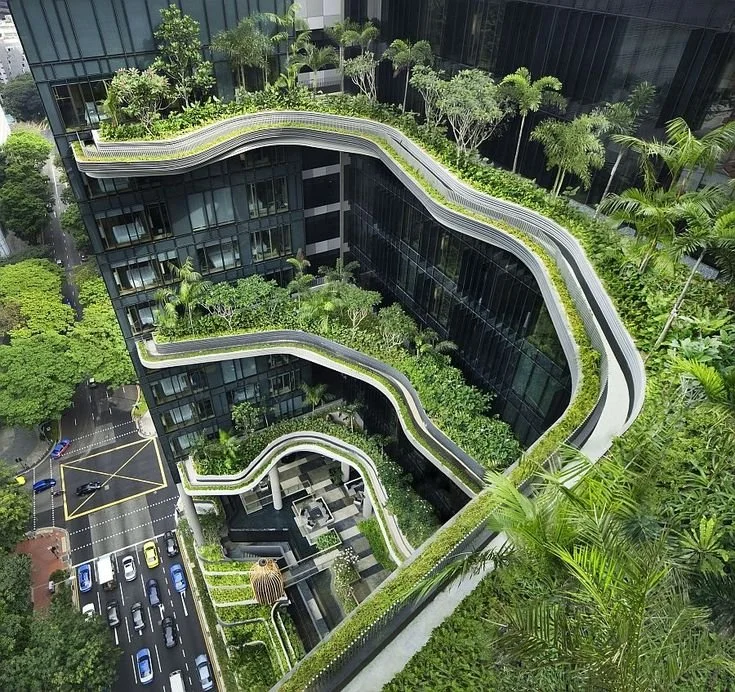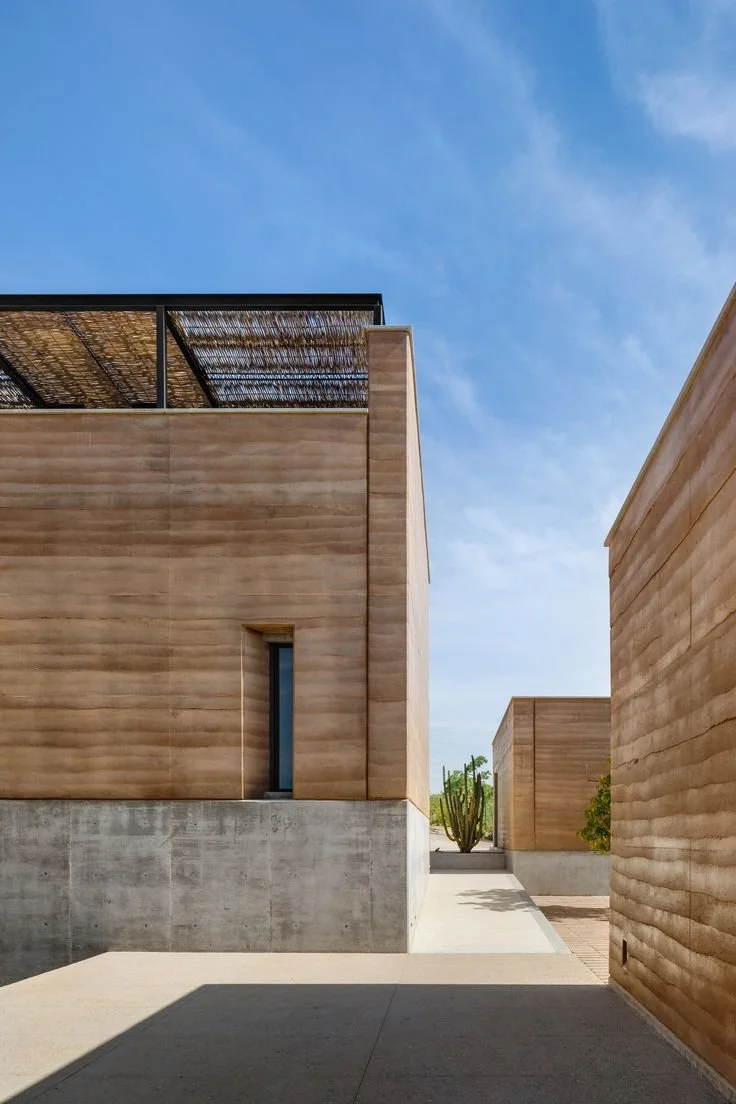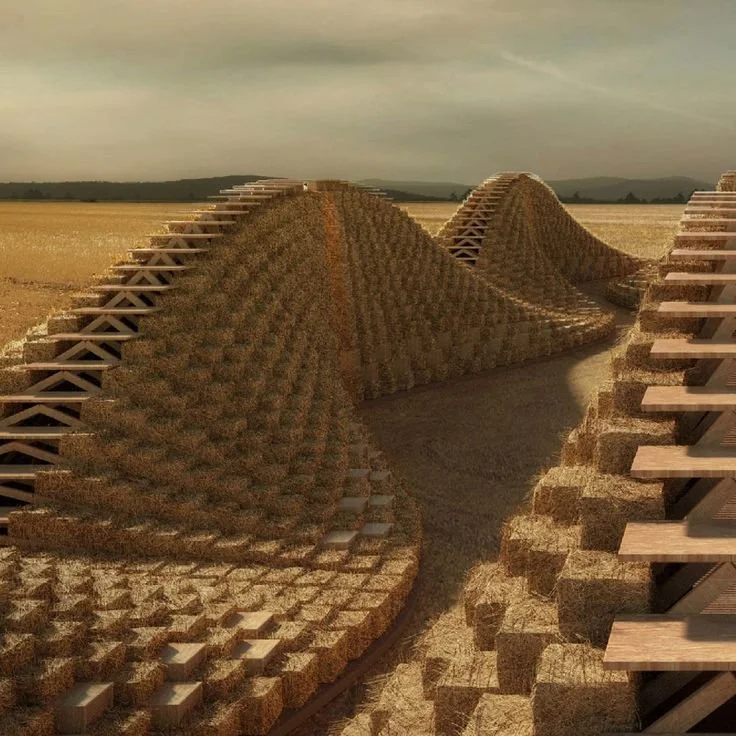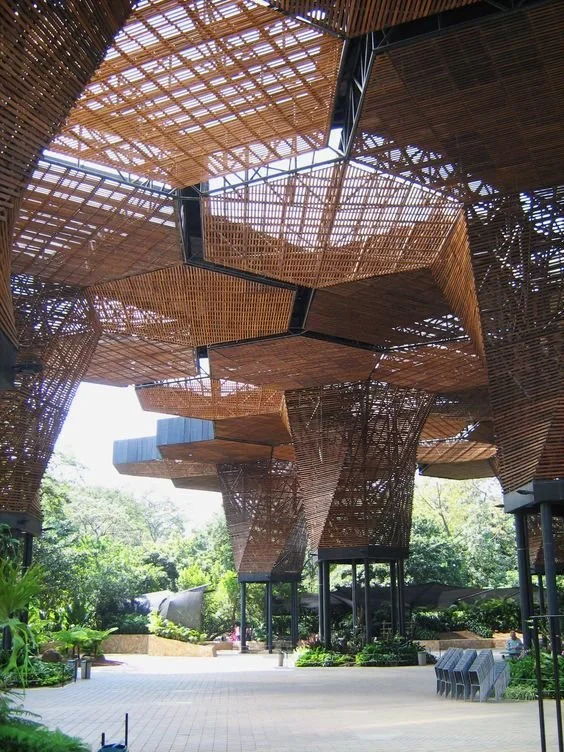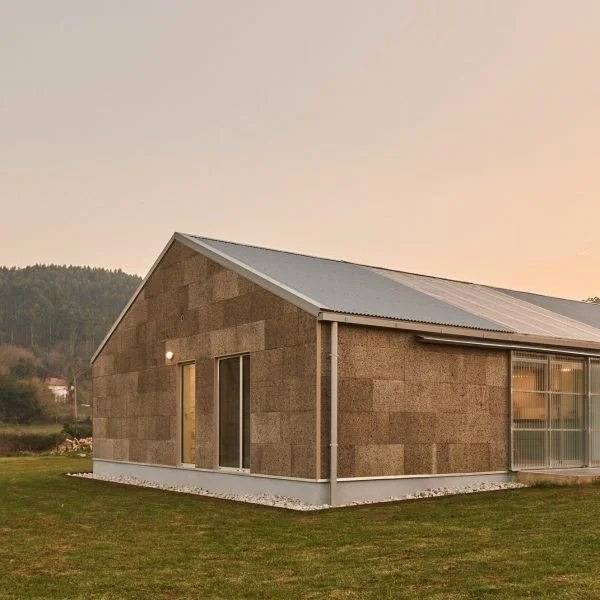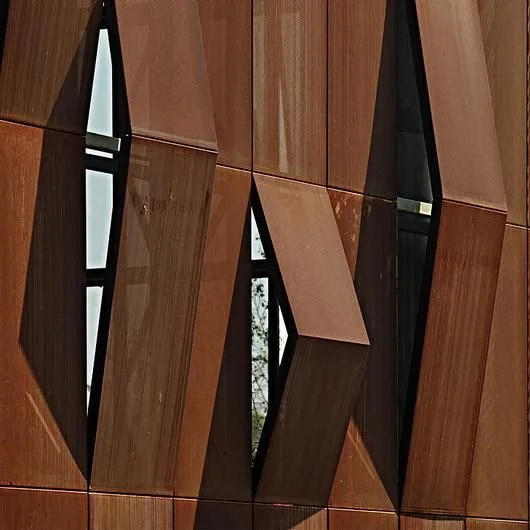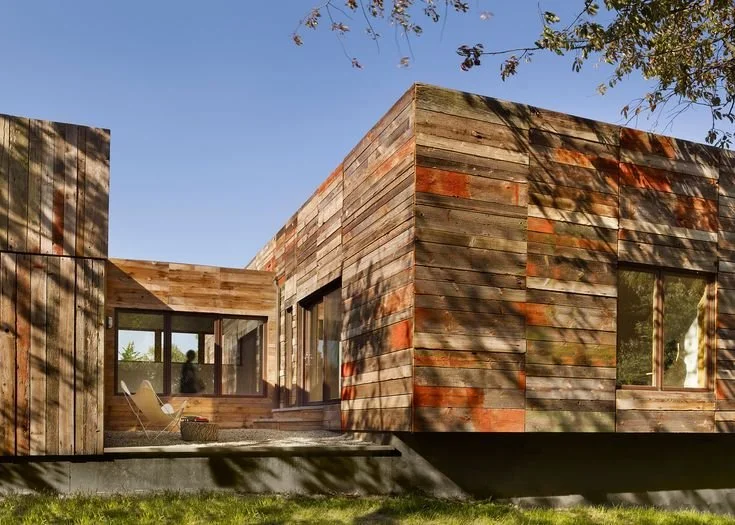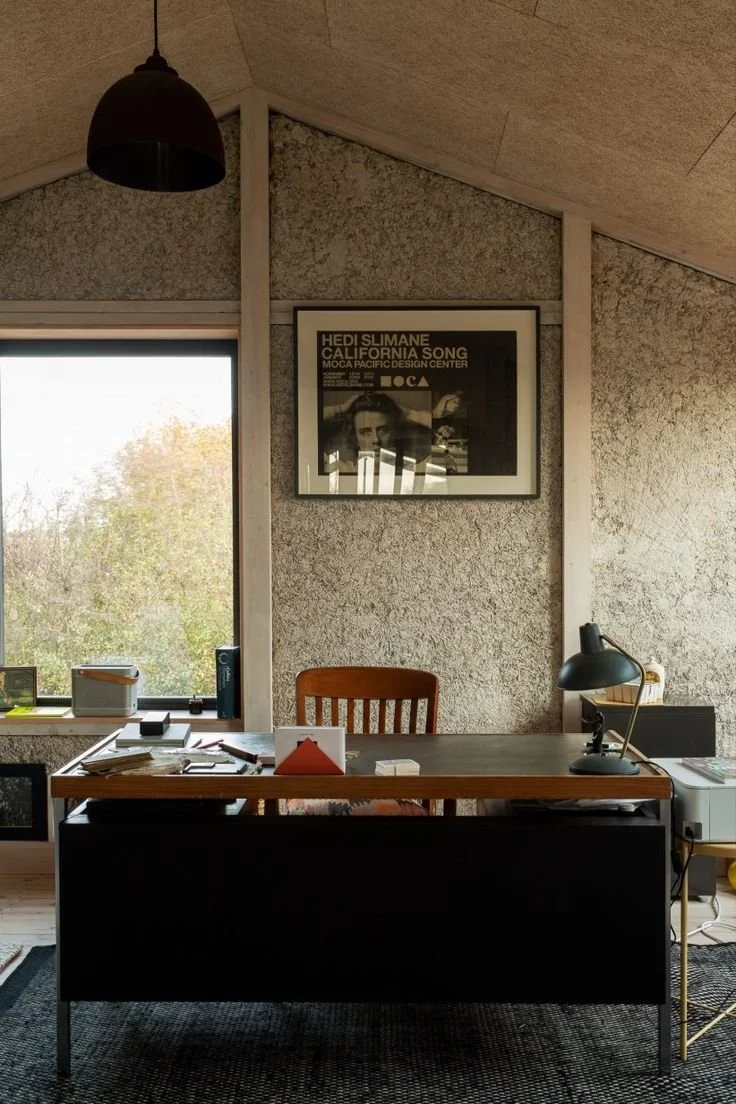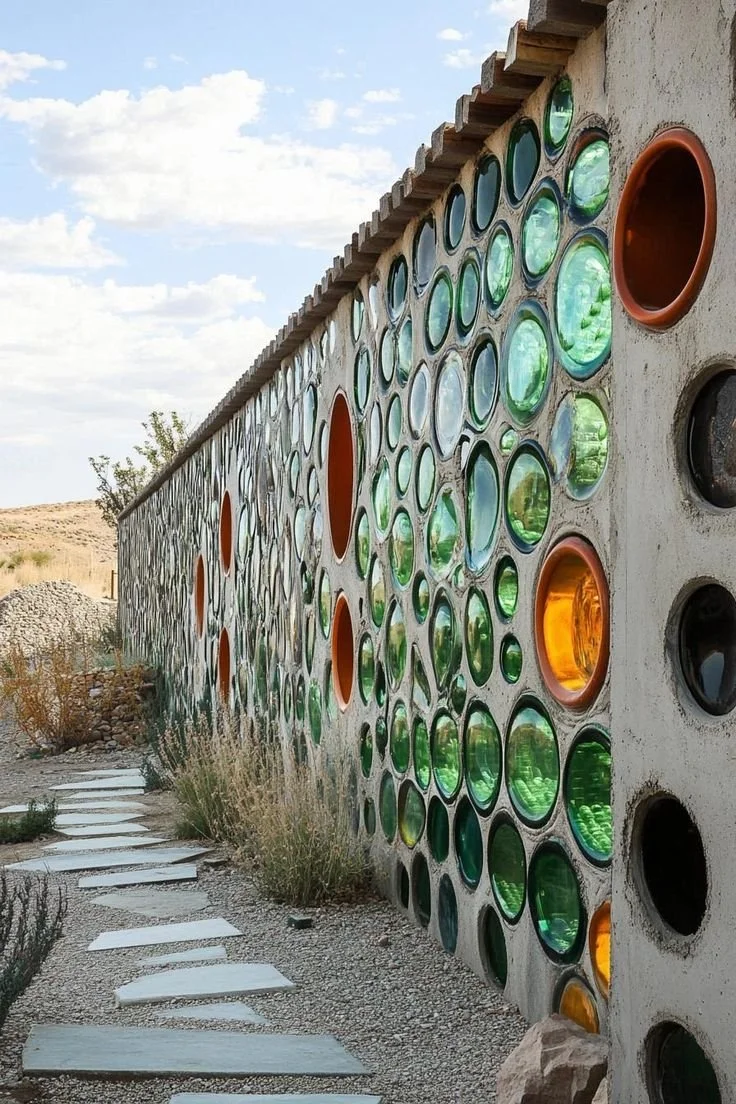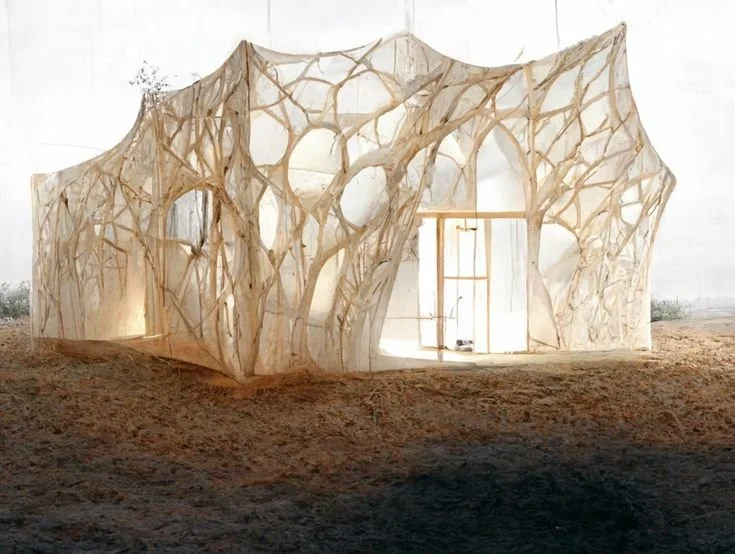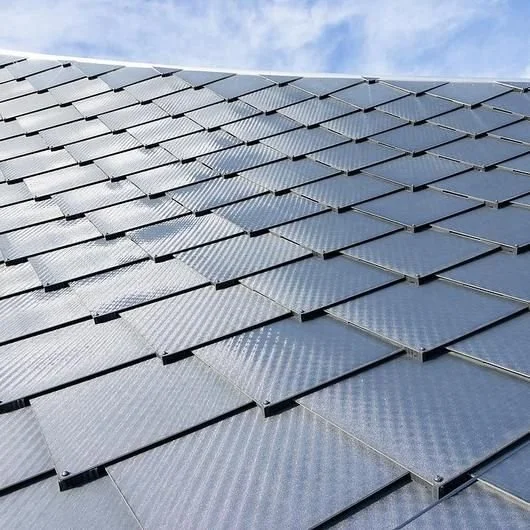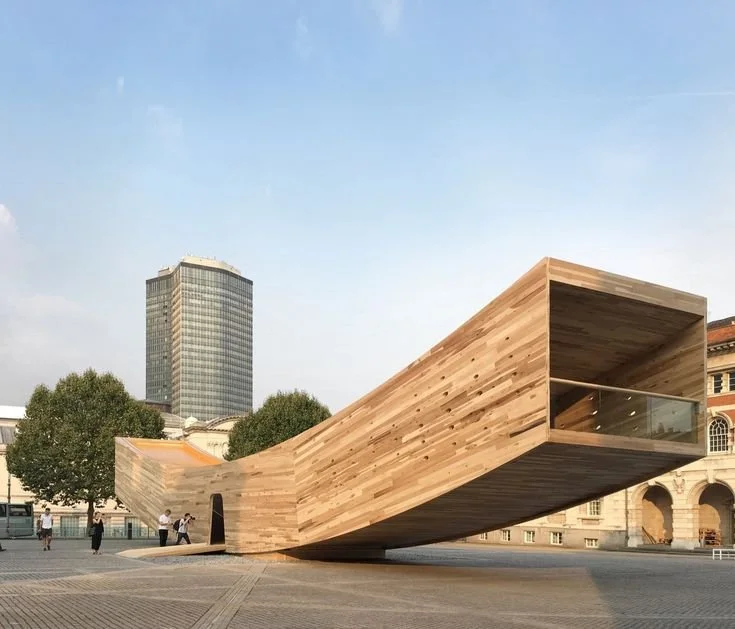18 Best Materials for Sustainable Architecture Concepts
Introduction
The use of materials is an important consideration for architectural concepts that aspire to be sustainable.
The benefits of using sustainable materials include; an improvement in energy efficiency, lower carbon footprint, reduction of waste on-site, creating a positive impact on the surrounding environment.
In this blog, you will learn the best materials for sustainable architecture. Applying some of these materials will contribute to the overall sustainability of your architecture concept.
1. Green Roof Systems
Green roofs provide space for living vegetation, creating habitats for local fauna. They also offer insulation, help manage stormwater, and promote biodiversity, contributing to the sustainability of urban areas and reducing air pollution.
2. Rammed Earth
Rammed earth is an excellent choice for low-carbon buildings. It provides thermal mass to passively heat internal spaces. This method of construction compacts earth into stackable forms to create walls, offering natural insulation and durability.
3. Straw Bales
Straw bales are a highly effective insulation material. They are renewable, offer superior thermal insulation, are naturally resistant to pests, and can be used for load-bearing walls. Their high thermal and structural performance makes them ideal for energy-efficient construction.
4. Bamboo
Bamboo has naturally strong structural properties, being capable of withstanding heavy loads of tension and compression. For example, Bamboo is used as scaffolding where it grows in abundance.
It can also be used for flooring and furniture as it is robust and durable. Bamboo is highly renewable due to it being a fast growing plant. Its structural and fast growing properties make it an ideal sustainable material for architecture concepts.
5. Cork
Cork is a popular sustainable material choice as it is a natural insulator, resistant to moisture and highly sustainable. Regularly used for insulation, wall panelling and flooring as it has high thermal properties and offers acoustic benefits.
6. Recycled Steel
One of the most commonly used materials in sustainable architecture is recycled steel. It requires less energy to recycle steel than to produce new steel, as it can be reused indefinitely without the quality deteriorating, making it a highly sustainable material for architecture concepts.
7. Reclaimed Wood
The use of reclaimed wood in an architectural concept is an effective way of reducing deforestation. Cladding would be an appropriate use as although durable, reclaimed wood wouldn’t offer much structural performance however its rustic charm would make it a pleasing aesthetic choice.
8. Hempcrete
Hempcrete is a carbon-negative building material as it absorbs CO2 from the atmosphere. Made from hemp fibres it provides excellent sustainable thermal insulation.
9. Recycled Glass
Opportunities to recycle glass should not be missed due to glass being an expensive material. It helps reduce waste and minimises the environmental impact of manufacturing new glass products. Popular use cases for recycled glass are; countertops, tiles, and decorative elements.
10. Mycelium
Mycelium is the root structure of fungi and is being used as an experimental material in sustainable architecture concepts. It’s biodegradable, lightweight, and can be used as insulation and as a component in structural forms.
11. Sheep Wool
Sheep wool is a renewable and non-toxic insulation material. It offers excellent thermal and acoustic insulation properties and is biodegradable, making it ideal for sustainable building designs.
12. Solar Tiles
Solar tiles are an innovative way to integrate solar energy into the roofing system. Solar tiles generate electricity by harvesting solar energy while serving as functional roof tiles, reducing dependence on external power sources while offering a more aesthetically pleasing alternative to solar panels.
13. Fly Ash Concrete
Fly ash concrete uses waste from coal-burning power plants as part of the concrete making process. This is a more sustainable process as it part replaces the need for raw materials and improves the material’s durability.
14. Low-VOC Paints
Low-VOC (Volatile Organic Compound) paints contribute to a healthier and more eco-friendly living environment as they emit fewer toxic chemicals improving indoor air quality.
15. Engineered Wood
Engineered wood products like glulam timber beams and cross-laminated timber (CLT) provide additional strength and versatility to raw timber. Making engineered wood products ideal for both residential and commercial architecture concepts. Less material is needed to produce these products, reducing waste and increasing sustainability.
16. Adobe Bricks
Adobe bricks are made from natural materials such as clay, sand and straw, making them a traditional yet sustainable building material. They provide excellent thermal insulation and help regulate temperature naturally.
17. Recycled Plastic Bricks
Plastic waste can be transformed into durable building bricks, offering a sustainable solution to plastic pollution. These bricks are lightweight and strong and can be used for various construction applications.
18. Glass Fiber Reinforced Concrete (GFRC)
GFRC is a durable and lightweight material that can be moulded into various shapes, making it ideal for architectural facades. Due to its reduced weight and improved durability, it’s an eco-friendly alternative to traditional concrete.
Conclusion
Sustainable materials are crucial in creating architectural concepts that are both eco-friendly and energy-efficient.
The best materials for sustainable architecture concepts discussed here are all viable options for reducing environmental impacts. Ranging from rammed earth and straw bales to recycled steel and hempcrete.
By integrating these materials into architectural concepts you can propose schemes that not only meet modern expectations of sustainability but also help preserve the planet for future generations.
Regular FAQs relating to the Best Materials for Sustainable Architecture Concepts
What is Sustainable Architecture Material?
Sustainable materials focus on energy efficiency, resource conservation, and reducing waste. With the ambition to reduce the carbon footprint of the construction process and a building lifecycle.
Key Characteristics of a sustainable material include:
Renewable: Materials sourced from rapidly replenishing resources like sheep wool or bamboo.
Recyclable: Materials such as recycled steel or glass can be recycled effectively.
Energy Efficient: Materials with excellent insulation properties reduce energy consumption.
Non-toxic: Safe for humans and the environment, with no harmful emissions.

